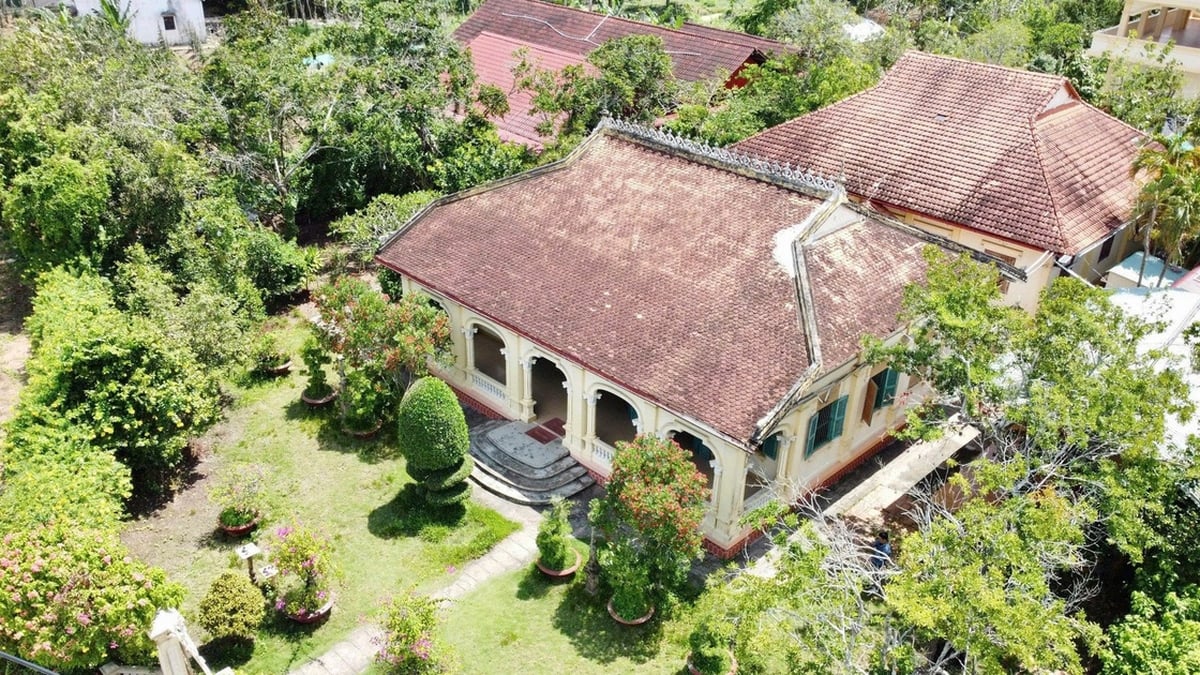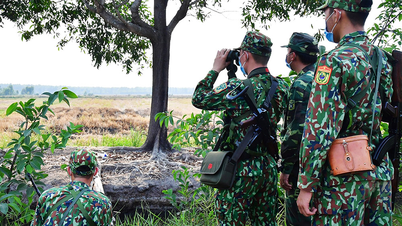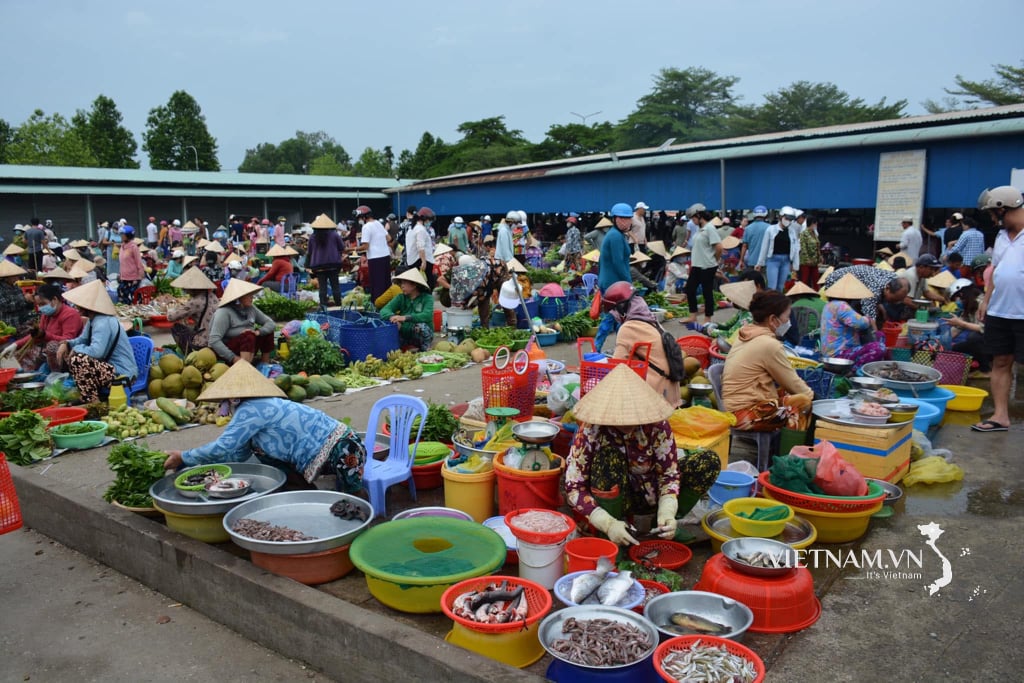(VTC News) – Information about the North-South high-speed railway is attracting a lot of public attention, in which ticket prices are an important factor.
In a submission to the National Assembly, the Government Office said that the ticket price for the North-South high-speed railway is expected to be about 75% of the average airfare of low-cost and economy airlines.
To suit affordability and attract passengers, high-speed rail tickets are divided into 3 price levels corresponding to different subjects and levels of comfort. This proposed ticket price does not have much difference compared to countries with similar conditions to Vietnam.
“ Referring to the average ticket prices of the two airlines with the largest market share, Vietnam Airlines and VietJet, preliminary calculations at the present time: first class ticket is 0.180 USD/km (VIP cabin); second class is 0.074 USD/km; third class is 0.044 USD/km. With the above preliminary rates for the Hanoi - Ho Chi Minh City route: first class ticket is 6.9 million VND; second class ticket is 2.9 million VND; third class ticket is 1.7 million VND. The ticket price for the North - South expressway is 75% of this price ,” the report stated.
Also according to the proposal of the Ministry of Transport , the total length of the North-South high-speed railway is expected to be 1,541km, from Ngoc Hoi station (Hanoi) to Thu Thiem station (HCMC), passing through 23 passenger stations, 5 freight stations and 20 provinces and cities. On this route, the operating unit will arrange many different types of trains.
Of which, the type 1 train will run from Hanoi to Ho Chi Minh City, stopping only at 5 major stations: Ngoc Hoi, Vinh, Da Nang, Nha Trang and Thu Thiem with about 5 hours and 20 minutes.
Type 2 trains also run across the North and South but will stop at alternating stations (type 2A stops at even stations, type 2B stops at odd stations). With this type of train, the travel time from Hanoi to Ho Chi Minh City is 7 hours and 25 minutes.
In addition, type 2C trains will operate on sections such as: Hanoi - Vinh; Hanoi - Da Nang; Ho Chi Minh City - Nha Trang; Ho Chi Minh City - Da Nang...

The North-South high-speed railway is expected to take about 5 hours and 20 minutes to travel from Hanoi to Ho Chi Minh City. (Illustration: Al)
Previously, in the Pre-Feasibility Study Report of the North-South High-Speed Railway Project of the Ministry of Transport, the design speed of the train was proposed to be 350km/h. At this speed, the 1,541km distance from the starting point in Hanoi to the end point in Ho Chi Minh City would only take about 5 hours and 20 minutes.
According to the project consulting team, choosing a design speed of 350km/h will help the high-speed railway compete with other modes of transport such as air and road in the field of passenger transport. Currently, the fastest train route of Vietnam Railways takes about 33 hours to travel from Hanoi station to Ho Chi Minh City station. By bus, the travel time for the same distance is 35-45 hours (depending on the type of vehicle).
Airplanes are currently the fastest means of transport between Hanoi and Ho Chi Minh City, with a flight time of only about 2 hours and 10 minutes. However, passengers taking the plane have to spend more time checking in and risk flight delays.
Information about the North-South high-speed railway has attracted a lot of attention from the people. Because when this project is completed, passengers can realize their dream of being in Hanoi in the morning and in Ho Chi Minh City at noon.
Mr. Pham Van Hai (Thanh Tri, Hanoi) said: “ Imagine that at 6am I have breakfast in Hanoi, then go to Ngoc Hoi station near my house to go to Ho Chi Minh City to visit relatives. So by noon I will be in Ho Chi Minh City, have lunch, drink coffee with friends there. This is something that no one would have thought would come true, if not by plane.”
The Ministry of Transport said that the consultant has studied two investment options: the investment option for the entire route, basically completed by 2035, and the investment option in two phases, basically completed by 2040. Evaluation of each option shows that the investment option for the entire route has the advantage of promoting efficiency and attracting all passengers traveling on all sections as soon as it is put into operation; evaluation of economic indicators shows that this option is higher than the investment option in phases. The disadvantage of this option is that it puts more pressure on capital and implementation organization.
Meanwhile, the investment phase plan, in the phased phase, can only handle passengers traveling on short routes (Hanoi - Vinh and Ho Chi Minh City - Nha Trang), not on long-distance passengers. This plan has the advantage of not requiring too much pressure on capital and implementation. The disadvantage of the plan is that the entire route is not yet exploited in the first phase, which will reduce the overall efficiency of the project investment.
Therefore, the Ministry of Transport proposed an investment plan for the entire route. The estimated investment capital is about 43.69 million USD/km.
According to the Ministry of Transport, this is the average level compared to some other routes in the world with the same operating speed range when converted to 2024, such as the Nuremberg - Ingolstadt route (Germany), operating speed of 300 km/h, investment capital of 60.5 million USD/km; LGV Sud Europe - Atlantique route (France), operating speed of 300 km/h, investment capital of 45.2 million USD/km.
In addition, the Osong – Mokpo route (Korea), operating speed 305 km/h, investment capital 53.6 million USD/km; the Beijing – Shanghai route (China), operating speed 350 km/h, investment capital 33.1 million USD/km; the Jakarta – Bandung route (Indonesia), operating speed 350 km/h, investment capital up to 52 million USD/km.
Vtcnews.vn
Source: https://vtcnews.vn/duong-sat-toc-do-cao-bac-nam-du-kien-qua-ga-nao-gia-ve-ra-sao-ar899213.html























































![[Maritime News] Container shipping faces overcapacity that will last until 2028](https://vphoto.vietnam.vn/thumb/402x226/vietnam/resource/IMAGE/2025/7/30/6d35cbc6b0f643fd97f8aa2e9bc87aea)













































Comment (0)